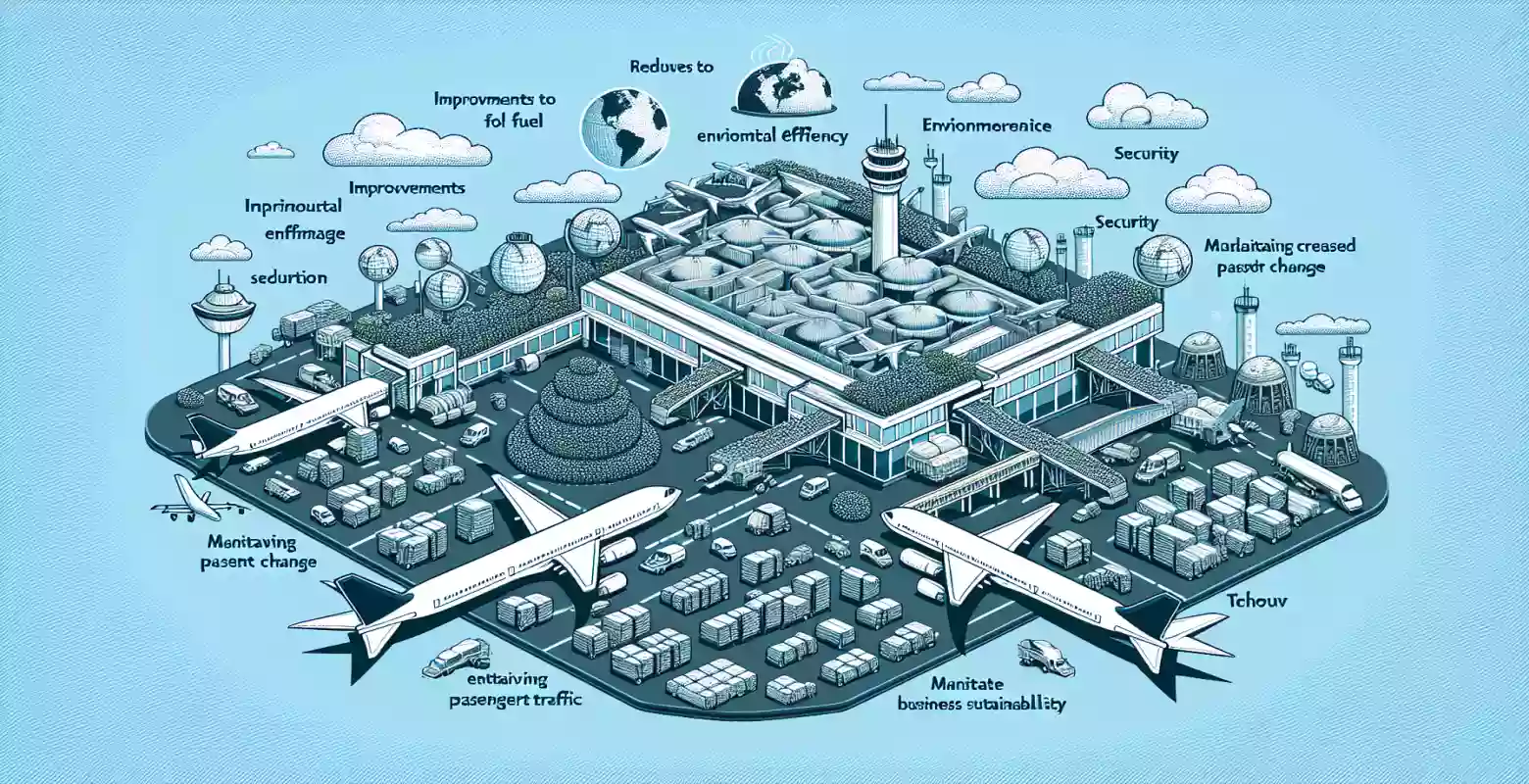The Biggest Challenges for Civil Aviation in the 21st Century
Introduction
Civil aviation plays a crucial role in the global economy and communication, enabling the rapid transport of people and goods worldwide. In the 21st century, this sector faces numerous challenges that impact its development and future. In this article, we will explore the biggest challenges facing civil aviation today and what actions are being taken to overcome them.
Climate Change and Sustainable Development
Climate change is one of the most significant challenges that civil aviation must address. Carbon dioxide emissions from aircraft contribute to global warming, putting pressure on the industry to reduce its carbon footprint. Airlines and aircraft manufacturers are investing in the development of more efficient technologies, such as biofuel-powered or electric aircraft, but a full transformation will require time and significant investment.
Flight Safety
The safety of passengers and crew is a priority for civil aviation. Although air travel is statistically one of the safest modes of transport, the ever-increasing number of flights and new technologies introduce new safety challenges. Air traffic management systems must be continuously updated, and personnel adequately trained to meet the growing demands.
Technological Innovations
Technological advancement in civil aviation is essential for improving efficiency and safety. Innovations such as artificial intelligence, automation, and drones open up new possibilities but also require regulatory and infrastructure adjustments. The industry must find a balance between introducing new technologies and ensuring they are safe and reliable.
Increasing Demand for Air Travel
The number of passengers using commercial flights is increasing year by year, presenting challenges for airports and airlines in handling this volume of travelers. Expanding infrastructure, optimizing processes, and improving customer service are crucial to meeting growing expectations. Additionally, the COVID-19 pandemic has shown how quickly situations can change, requiring flexibility and the ability to adapt quickly to new conditions.
Regulations and Policy
Civil aviation is tightly regulated at both national and international levels, which can be both a challenge and an opportunity. Harmonizing regulations, protecting passengers' personal data, and issues related to national security are just some of the areas that require attention. Cooperation between countries and international organizations, such as ICAO, is crucial for ensuring consistency and efficiency of regulations.
Conclusion
Civil aviation faces many challenges in the 21st century that will significantly impact its future. Climate change, safety, technological innovations, increasing demand for travel, and regulations are just some of the areas that require attention. The future of aviation will depend on the industry's ability to adapt and innovate, as well as international cooperation to meet these challenges and ensure safe, sustainable, and efficient air travel for all.






Number of comments: 0